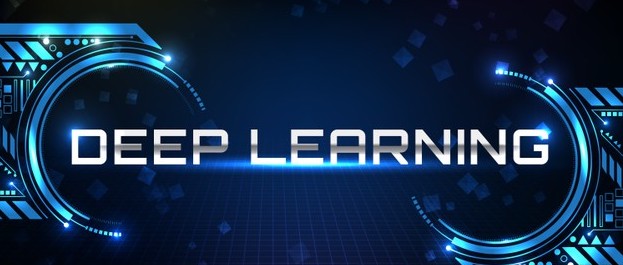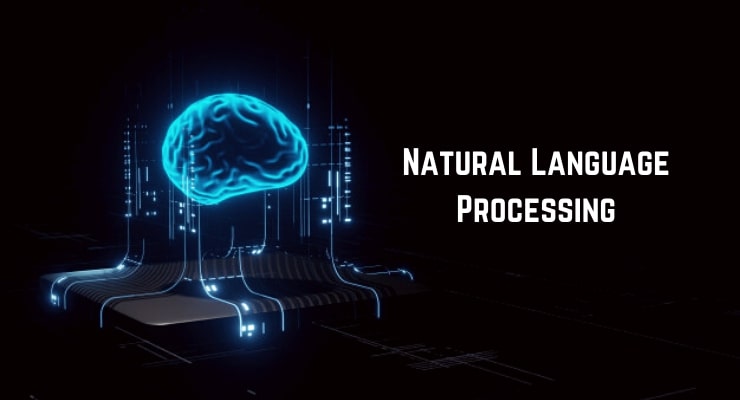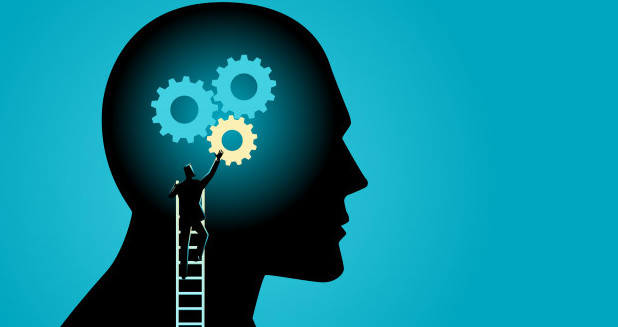In this blog, our main focus is to make you understand how AI works and then check some real-life applications where we make the maximum use of AI. Hope you will enjoy reading this blog.
How does AI work?
There are four approaches that can define the field of AI which include thinking humanly and rationally and acting rationally and humanly.
In a single phrase, we can say Artificial intelligence is that domain of data science that uses machine learning and its algorithms to mimic human behavior. On continuous training, the computer learns how to respond to certain actions by using the appropriate algorithms and historical data to create something which is known as a propensity model. These Propensity models will then start making predictions such as scoring leads.
No doubt, Machine learning is the most vital domain which explains how AI works but to understand these aspects we need to deep dive into the various sub-domains of Artificial Intelligence and understand how AI works. Let’s start explaining each topic in brief one by one:
1. Machine Learning:
Some state ML is a subset of AI, while others explain ML and AI are two different domains in Data Science. Basically, AI is a complete theoretical concept that is dependent on ML algorithms for its real-time applications.
These algorithms take some input, make use of mathematics and logic to produce the result. It teaches a machine how to make inferences and take decisions by feeding them a lot of datasets based on past experience.
It identifies various trends, analyses past datasets to infer the meaning of these data points to reach a better solution without involving any human experience. This automation which helps to reach conclusions by evaluating data saves human time and helps them make better decisions.
2. Deep Learning:

Deep learning is that branch of AI that mimics the workings of the human brain in processing data. Detecting diseases or maybe identifying fraud objects, translating multiple languages, recognizing spoken speech for answering queries, and making decisions are few use cases of Deep Learning.
Also Read: The 5 AI Capabilities That Already Pose a Threat to Humanity
3. Neural Networks:
The working principle of Neural Networks and Human Neural cells is almost similar. They are a series of algorithms that captures the connection between various underlying variables and process the info as a person’s brain does.
Artificial neural network (ANN) is a computer system designed to simulate the way the human brain analyzes and processes information.
Neural Networks are said to be the inspiration of AI as it solves problems that might prove impossible or difficult by human power and standards.
4. Natural Language Processing:

The branch of AI (AI) that studies and deals with how machines understand human language is what we call Natural Language Processing (NLP). Its goal is to create systems that will add up text and perform tasks like translation, grammar checking, or topic classification.
In a better explanatory way, we can say NLP is that part of science that focuses on reading, understanding, and interpreting a language by a machine. Once a machine understands what the user intends to speak, it responds accordingly.
5. Computer Vision:
The field of Artificial Intelligence which instructs computers so that they can elucidate and illuminate the visual world more effectively and clearly is what we define as Computer Vision.
The AI-based systems will typically use a computer vision camera that sends high resolution images to the AI with very little latency. The AI systems then assess the imaging data in the same way a human might to determine the quantity of pesticide to treat crops with.
Computer vision feeds into deep learning systems in similar way in other industries, such as in the manufacture of food products, where those with visible defects can be pointed out by the AI and discarded from the finished stock.
If we use various digital images captured in cameras and videos, then deep learning machines can accurately identify and classify these objects. Computer vision algorithms try to analyze a captured picture by breaking down the picture and studying different parts of the objects.
This helps the machine classify and learn from a group of images, to form a far better output decision supporting previous observations.
6. Cognitive Computing:

The branch of Artificial Intelligence systems that aim to simulate human thought comes under cognitive computing. Different AI technologies and algorithms are required for a computing system to create cognitive models that mimic human thought processes.
As we know, there are different AI algorithms that often help us to solve a category of real-time problems. These algorithms are divided into various forms that fall under Classification, Regression, and Clustering problems.
Just naming the terms in brief: Naive Bayes, Random Forest, Decision Tree, Support Vector Machines, K-nearest neighbor, Simple linear regression, and K-means clustering.
Also Read: Regression Algorithms Every Machine Learning enthusiast Must Know
Real-life Applications of AI
Let’s check out some day to day cases where we are already using AI but we are unaware of it.
1. Search Engine:
You want to know some meaning and your finger directly moves to search engines mostly Google Chrome on your android. These search engines make the use of AI algorithms like Rankbrain to create an optimal list of links from a set of possible outcomes, determining the most appropriate result for a search we are looking for.
2. Chatbot:
Chatbots allow customers to make the right decision quickly and efficiently. They are becoming more common in online messengers, shopping sites, tutorial portals to assist customers immediately and solve their queries within a fraction of a second.
3. Voice Assistant:
Voice searches have made us lazier and now we don’t even bother to type and instead talk to ‘Alexa’. This is also a great application of AI which uses deep learning techniques to determine the best result for those long-tail keywords and conversational queries.
4. Business Sectors:
The use of AI is quite relevant in business sectors such as automated marketing emails which helps to figure out the appropriate emails that are to be sent based on how they interact with clients.
AI also makes use of tools such as natural language generation (NLG) which helps to write the appropriate subject line for our official emails even better than humans.
Also Read: Keras vs TensorFlow – Know the Difference
5. Banking Sectors:
Earlier there were many cases of fraudulent credit cards and hackers hacking into someone’s account leaving the account with zero balance.
But. today AI has totally revolutionized the banking sector. The AI-based systems help in fraud credit card detection, easy and efficient online transactions, and also provide 24 hours customer support.
6. Agricultural industries:
AI plays an important role in agricultural areas as it predicts climatic change, solves food security issues, and population growth which are burning topics in today’s world.
These AI-based systems use object detection technologies (computer vision) to control and spray pesticides on plants. For instance, using Alexa for the morning report or unlocking our android using facial recognition technology.
7. Online Ad Targeting:
Nowadays, we can see a lot many types of online ads while browsing some information on the internet. AI is utilized here to determine the target audience, based on past search queries or behavior, interests, and keywords.

1 comment
But learning R is difficult than learning Pythons because R is not in English-like statements, so the aspirants need to know it more deeply to have a grip on the language.